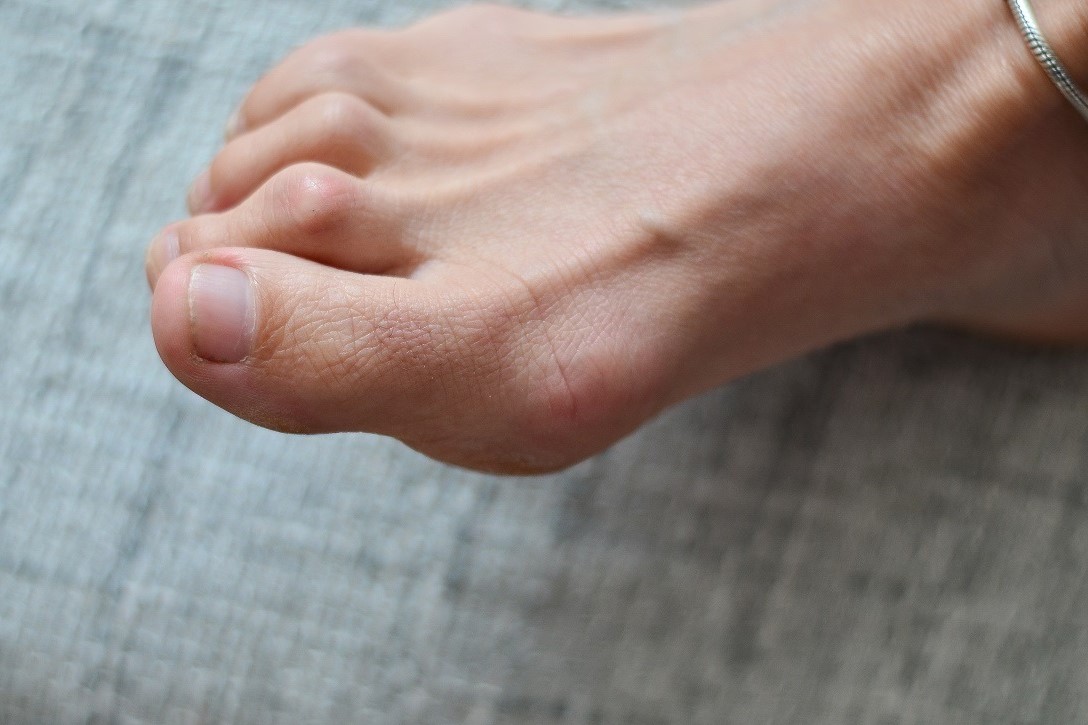
Orthopaedics: what is hammer toe?
Hammer toe is a deformity which generally affects the proximal interphalangeal joint of the second, third or fourth toe
It mainly occurs in people who suffer from hallux valgus; this condition in fact leads to a change in the natural position of the toes and forefoot, with the possible consequent appearance of annoying and unsightly dorsal callosities and progressive retraction and flexion of the toes.
The causes of hammer toe
The causes that give rise to this disorder are mainly attributable to problems of ‘malposition’ of the foot, which over time can lead to disorders such as:
- plantar fasciitis
- hallux valgus;
- metatarsalgia due to overloading.
This condition may be associated with arthritis, neurological diseases, diabetes or trauma, predisposing to deformity.
The use of flat-soled shoes, or shoes with very high heels and elongated, narrow toes, expose the foot to additional stress that causes a real imbalance between the muscles of the toe involved, contributing to the development of the pathology.
It is obvious that there is always a congenital or family predisposition underlying the formation of this pathology.
Female sex and old age are also risk factors.
The advice I give my patients is to use shoes with a wide sole and a small heel (2-3cm) to avoid the formation of corns and calluses, which are an alarm bell at the root of hammertoe formation.
Hammer toe, symptoms
Hammertoe, similar to a bird of prey’s claw, is one of the first manifestations of the disease, accompanied by pain when walking and difficulty in flexing the toes.
As already mentioned, calluses appear on the back of the toe affected by this disease, which form as a result of the continuous rubbing of the skin against the shoe.
The toes assume an abnormal position, overlapping as they are constrained in a narrow space.
Walking barefoot, at least indoors, can be of great benefit to sufferers of this condition.
How to prevent hammer toe
Prevention remains the best cure.
So go for it:
- Insoles to be placed inside shoes that must be comfortable and in the right size;
- exercises to strengthen the muscles of the foot and fingers;
How to treat hammer toe
Traditional physiotherapy can be combined with analgesic laser therapy.
However, conservative therapy is not always conclusive.
If the deformity becomes chronic, surgery is the only option.
Surgery
There are various surgical techniques and they can only involve percutaneous section of the tendon, in cases where the deformity has not yet determined a significant involvement of the joint.
In the more advanced clinical cases, in which the proximal interphalangeal joint is compromised and often already ankylotic, a wire arthrodesis resection of the same is carried out with contextual correction of the big toe, if necessary.
The surgery can be performed in day hospital.
Recovery times are relatively short and within a few days the patient can return to normal daily activities.
We recommend in the post-operative phase
- anti-inflammatory therapy;
- antithromboembolic prophylaxis;
- bandage maintenance;
- walking with special footwear.
Clinical check-ups and outpatient dressings are also scheduled.
Approximately 5 weeks after surgery, a control X-ray is performed and the wire is removed.
Read Also:
Working Shoes Comparison For Ambulance Professionals And EMS Workers
Ambulance Uniform In Europe. Wear And Compare Test By Rescuers
(Also) Occupational Diseases: All Causes And Remedies Of Plantar Fasciitis


